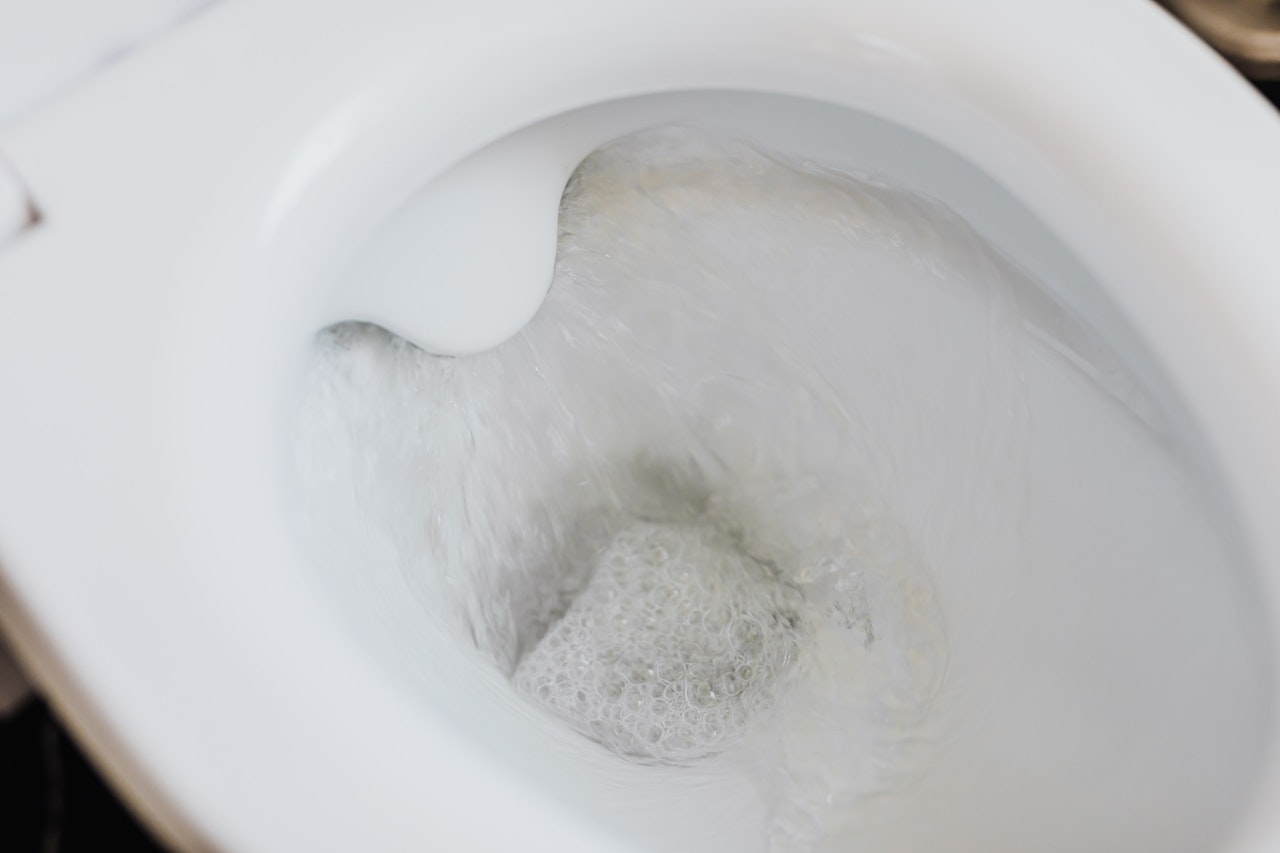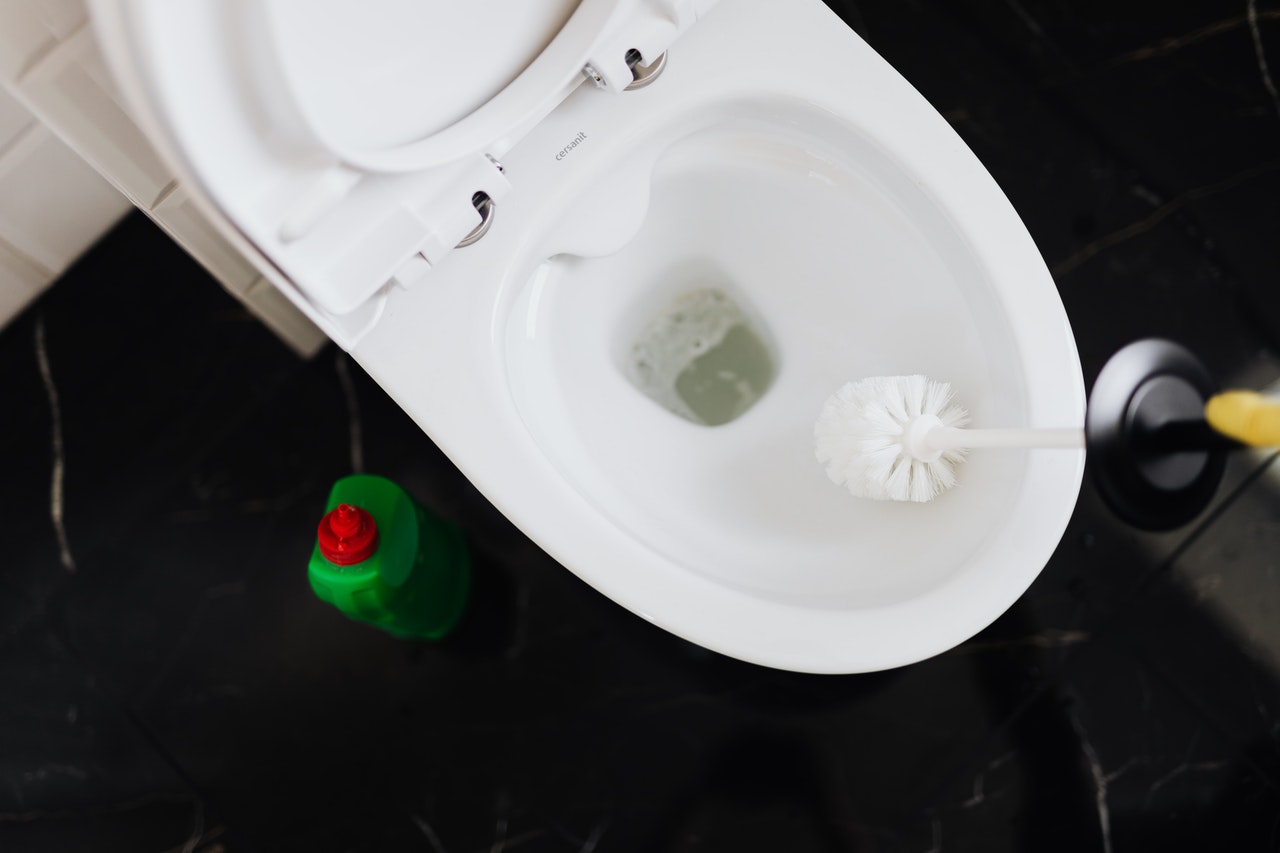
Reasons Why Your Toilet Tank Is Slow to Fill
Is your toilet filling way too slowly, or simply not filling with water at all? Don’t stress – this is a common issue, and it’s usually a quick fix. Obviously your toilet tank is supposed to refill after every flush, with the water level ideally sitting about half an inch under the overflow tube. It shouldn’t take much longer than 10 seconds to refill after you flush.
The most common culprits of a slow-filling toilet cistern are:
- A faulty fill valve
- The toilet float is placed at an incorrect height
- The flapper is leaking
- A crack in the overflow tube
- Low water pressure
- If the toilet tank won’t fill at all post-flush, it might be that the shutoff valve is not fully open
Here are some tips on how to resolve the issues listed above, so you can restore your toilet to full working order in no time at all:
#1 – Adjust the Toilet Float
Your toilet will have either a float ball or a float cup/cylinder, depending on how modern it is. Whatever type of float your toilet has, its purpose is to open and close the toilet fill valve based on the water level in the cistern.
If this float sits too low in the tank, the valve will close early and the water level will stay low. If it sits high, the tank will fill with more water than it needs and the overflow tube will feed the excess water down into the bowl. This is when you find yourself with a constantly running toilet that drives you mad when you can hear it in the middle of the night (not to mention it’s a waste of water)!
You can adjust your toilet float’s position by using a screwdriver to tighten or loosen the screw that connects the float arm to the fill valve.
#2 – Replace the Toilet Fill Valve
When the toilet float opens the fill valve, the valve allows water to flow into the toilet from the connected plumbing. Therefore, if there’s a problem with your fill valve, there’s a problem with your toilet’s ability to access your home’s water supply and therefore it can’t flush.
It could be that the seals on the fill valve have worn out over time, or grime and debris has accumulated on the valve and clogged it. Obviously if your valve has simply deteriorated, you’ll need to replace it. However, if it’s a build-up of residue that’s causing the issue, you can clean your fill valve with the following steps:
- Shut off your toilet’s water supply, and then flush.
- Use one hand to hold the fill valve shaft at the base, and use your other hand to slightly twist the cap of the fill valve counter-clockwise – this should remove it.
- Check the valve for debris.
- Place a bowl around the fill valve to catch spraying water, and open the toilet’s water supply. With any luck, the water pressure will shoot debris out of the valve.
- Place the cap back on the valve and test the toilet to see if it flushes/fills normally.

#3 – Replace the Toilet Flapper
The toilet flapper is what controls how much water empties out of the cistern to flush the toilet bowl. It’s a rubber seal at the base of the toilet tank, attached to a chain which yanks the seal open when you press down on the toilet handle.
However, if the chain is too tight, then the flapper won’t seal shut properly after flushing. Similarly, if the chain is too loose, then the slack can find its way into the flapper hole and prevent the flapper from sealing properly. Either way, the result is the same – water will continue to trickle through into the bowl and your toilet won’t stop running.
Another issue might be that there is mineral build-up or other debris that has accumulated under the toilet flapper, and this will prevent the flapper from sealing. This is easily resolved with a quick scrub of the flapper.
Toilet flappers have a tendency to deteriorate over time, but fortunately you’ll find a replacement in any decent hardware store for anywhere between $5 and $50 (depending on quality).
#4 – Replace the Overflow Tube
As you’ve probably already guessed by this point in the article, the toilet overflow tube is the tube in the centre of the tank that allows excess cistern water to flow down into the bowl.
This is an important component of your toilet – without it, excess water would simply overflow from the cistern and flood your bathroom floor! However, if there’s a crack in your toilet’s overflow tube, it will continuously draw water from the tank down into the bowl. Of course, this results in a toilet bowl that won’t stop running, and a toilet tank that never fills.
Luckily, overflow tubes are arguably the easiest toilet component to replace. Buy a new one for a couple bucks at your local hardware shop, pull out the old one and put the new one in its place – done!

#5 – Check Your Toilet’s Water Pressure
And finally, there’s a chance that your toilet not filling with water has absolutely nothing to do with the toilet itself. If you notice that your bathroom faucets, kitchen sinks, showerheads and other household fixtures are giving low water pressure, then it’s likely that this is what’s affecting your toilet’s ability to function properly as well.
Possible reasons for the water pressure include blocked drains or damaged/deteriorated pipes. Unfortunately, these are both issues that will require the attention of a licensed plumbing professional.
Need a reliable plumber? Call Simoes Plumbing today
If your toilet needs urgent repairs, parts replacements or servicing from a qualified and experienced professional, don’t hesitate to call Simoes Plumbing. Our friendly plumbers will make quick work of your toilet plumbing woes, for competitive prices.
Get in touch for your free quote today. We can also assist with CCTV pipe inspections, gas heating maintenance, gas fitting, appliance servicing and all your other plumbing-related needs.



